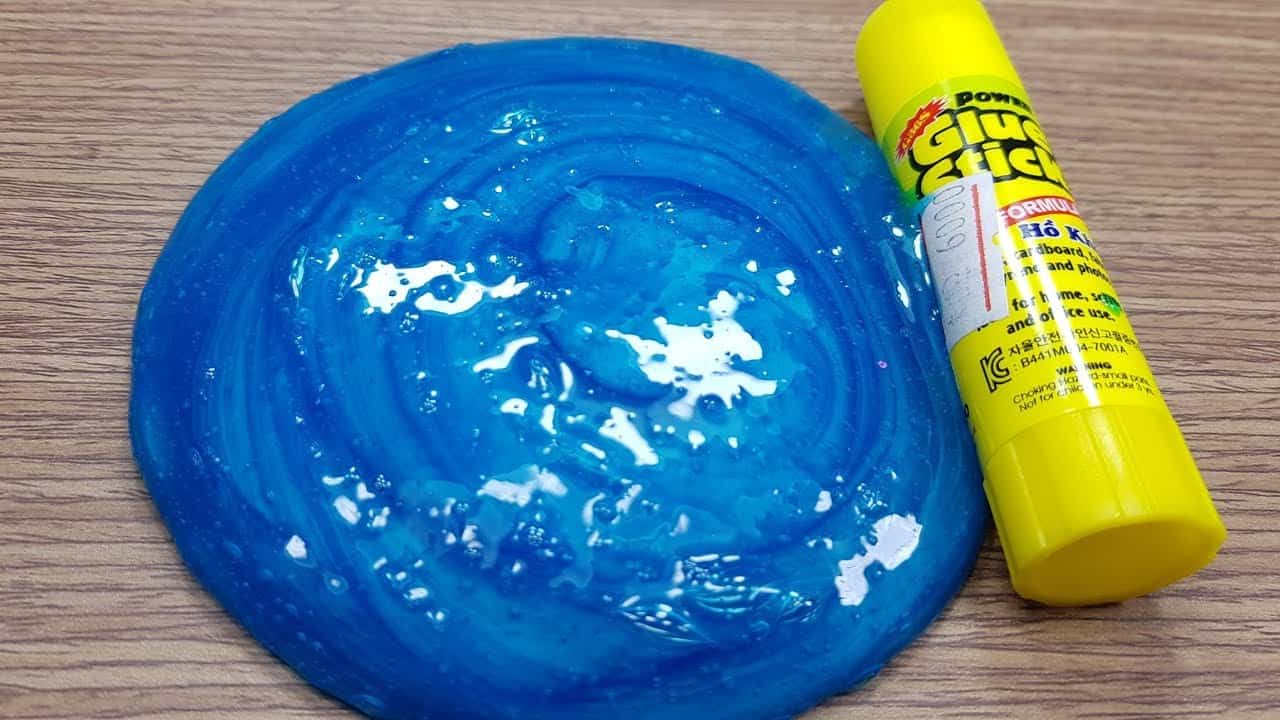Get Ready for Gooey Fun: Making Glue-Based Goo at Home
Hey there, awesome parents! Are you on the hunt for a sticky, stretchy, and absolutely delightful activity to keep your little ones entertained? Look no further! Making goo with glue is not only super fun, but it’s also a fabulous way to engage those tiny curious minds and tiny hands in creative play. Plus, who doesn’t love a little bit of mess when it’s combined with heaps of giggles and learning? So roll up your sleeves, because we’re about to dive into the ultimate guide on how to make the gooiest goo with just a few household ingredients!
What You’ll Need to Make the Best Goo Ever
Before we launch into the thrilling world of goo-making, let’s make sure you’ve got all the essentials on hand. Here’s your quick checklist:
- White School Glue – The star of the show!
- Baking Soda – For that perfect gooey texture.
- Contact Lens Solution – Make sure it contains boric acid and sodium borate.
- Food Coloring (optional) – To add a pop of color to your creation.
- Bowl – To mix all your ingredients.
- Spoon or Spatula – For easy stirring.
- Measuring Spoons – Precision is key!
Pro Tip: Feel free to jazz up your goo with glitter, scents, or even small beads for added texture and fun!
Step-by-Step Goo Creation: Mixing Your Way to Gooey Glory
Now that you’re armed with your goo-making kit, let’s walk through the steps together:
-
Prep Your Area
Start by protecting your surfaces and choosing an area that’s okay to get messy. Lay down some newspaper, plastic tablecloth, or any other protective cover. And don’t forget to put on some old clothes or aprons to save your wardrobe from goo-ification!
-
Mix Glue and Baking Soda
In your bowl, pour out the entire bottle of white school glue. Add a half teaspoon of baking soda and stir until well combined. Watching these simple ingredients come together is just the start of the fun!
-
Add Color and Extras
If you’re using food coloring or any other add-ins, now’s the time to jazz it up! Let your kiddos pick their favorite colors or mix a few drops together to create their very own custom hue. Throw in some glitter or beads if you’re feeling extra adventurous. Mix well.
-
Turn It into Goo
Once your mixture is looking vibrant and well-mixed, it’s time to add the magic ingredient: contact lens solution! Just add it one teaspoon at a time, stirring well after each addition. You’ll see the mixture start to thicken and pull away from the sides of the bowl; that’s when you know you’ve hit the goo jackpot!
-
Hands-On Time
When the mixture becomes too tough to stir with a spoon, it’s time to get those hands dirty! Knead the goo with your fingers and watch as it transforms from a sticky mess to a perfect gooey masterpiece. If it’s still too sticky, just add a little more contact lens solution. Be patient, as it might take some extra kneading.
And voila! You’ve now created your very own home-made goo with glue! This whimsical substance isn’t just a joy for the kids to play with; it’s also a great way to teach them about science, creativity, and the joy of making something with their own two hands.
Don’t stop the fun here; there’s so much more to learn about the wonders of goo. Stay tuned for more tips on customizing your goo, storage advice, and even some troubleshooting tips if your goo doesn’t come out quite right the first time. Until then, enjoy your goo-making adventure, and remember, the messier, the better!
Happy goo-making, everyone!

5 Essential Things Parents Should Know When Preparing to Make Goo with Glue
1. Safety Comes First
Before you begin the goo-making process, it’s important to ensure that the activity is safe for your children. Make sure that the workspace is secure, and all ingredients are non-toxic and safe for skin contact. Although white school glue is generally non-toxic, always keep an eye on younger children to prevent them from ingesting any substances. Additionally, look out for any allergies that might be triggered by the ingredients used, especially when adding things like scents or beads.
2. Setting Expectations
Goo making can be a thrilling but unpredictable activity. It’s vital to set realistic expectations about the mess it might create and the variation in end results. Sometimes, the goo may not turn out as expected, and that’s okay! Use this as a learning experience to talk about trial and error. The process is as important as the outcome, and it’s all part of the fun and creative learning experience for your children.
3. Importance of Supervision
While making goo is a fan-favorite activity among kids, adult supervision is crucial. Not only does it ensure safety, but it also provides a chance to guide your little ones through the learning process. Participate with your children, ask them open-ended questions, and encourage them to predict what might happen when they mix certain ingredients. This way, goo-making becomes an interactive learning session alongside a fun activity.
4. Embracing the Mess
It’s called ‘goo’ for a reason—it’s bound to get a bit sloppy! Embrace the mess and understand that it’s a part of the creative process. Prepare by dressing in old clothes and covering surfaces. After the goo-making session, have your children help in the cleanup. This teaches them responsibility and the value of maintaining a clean space, even after messy play.
5. Customization and Expansion
One of the best parts about making goo is the endless possibilities for customization. Get creative with colors, add-ins like glitter or beads, and even scents. Let your children take the lead in this part of the process. You can also use this opportunity to expand the activity: mix colors to learn about color theory, compare textures with different add-ins, or talk about measurements and proportions when adding ingredients. This enriches the experience and lays a foundation for a deeper understanding of various concepts.
Additional Tips for Making Goo with Glue
Beyond the basic steps, here are some extra tips to ensure your goo-making adventure is a success:
- Mind the Measurements: While goo-making can be flexible, it helps to start with precise measurements to get the basic formula right before experimenting.
- Temperature Matters: The room temperature can affect how your goo turns out. If it’s too cold, the goo may not form as easily, so make sure your workspace is at a comfortable temperature.
- Storage Solutions: Store your goo in an airtight container to keep it fresh and prevent it from drying out. If you find the goo has become a little stiff, kneading it can bring it back to life.
- Post-Play Maintenance: If goo gets on clothes or fabric, soaking in warm water with vinegar can help remove it. Check the care labels on clothing for more specific instructions.
Remember, making goo is more than just play—it’s an adventure in science and creativity. Each batch is unique, and the possibilities are truly endless. Keep exploring, keep experimenting, and most importantly, keep enjoying the process with your little ones!
See more great Things to Do with Kids in New Zealand here. For more information see here
Disclaimer
The articles available via our website provide general information only and we strongly urge readers to exercise caution and conduct their own thorough research and fact-checking. The information presented should not be taken as absolute truth, and, to the maximum extent permitted by law, we will not be held liable for any inaccuracies or errors in the content. It is essential for individuals to independently verify and validate the information before making any decisions or taking any actions based on the articles.




